What Are Diecast Aircraft Kits
Diecast aircraft kits represent a captivating intersection of hobby, history, and craftsmanship. These meticulously crafted models, typically made from diecast metal, offer enthusiasts a unique opportunity to own detailed replicas of iconic aircraft. Unlike plastic model kits, diecast models often come pre-assembled or with minimal assembly required, appealing to both seasoned collectors and newcomers to the hobby. The term ‘diecast’ refers to the manufacturing process where molten metal is injected into molds, resulting in precise and durable components. These kits allow aviation enthusiasts to explore the intricacies of various aircraft, from historical warplanes to modern commercial jets, while also serving as decorative pieces or valuable collectibles. They are not just toys; they are miniature works of art that capture the essence of flight and the evolution of aviation. Whether you’re fascinated by the roar of a fighter jet or the grace of a passenger airliner, diecast aircraft kits provide an accessible and engaging way to connect with the world of aviation.
Types of Diecast Aircraft Kits
The world of diecast aircraft kits is incredibly diverse, catering to a wide range of interests and preferences. The types of kits available vary greatly, with models representing nearly every type of aircraft imaginable, from iconic military planes to sleek commercial airliners and historically significant aircraft. Understanding the different categories can help you narrow down your focus and find the perfect kits to collect or build. Each category offers its own unique appeal and allows enthusiasts to delve deeper into specific aspects of aviation history and technology. This includes different scales (e.g., 1:72, 1:200) that can impact the size and detail of the finished model.
Military Aircraft Kits
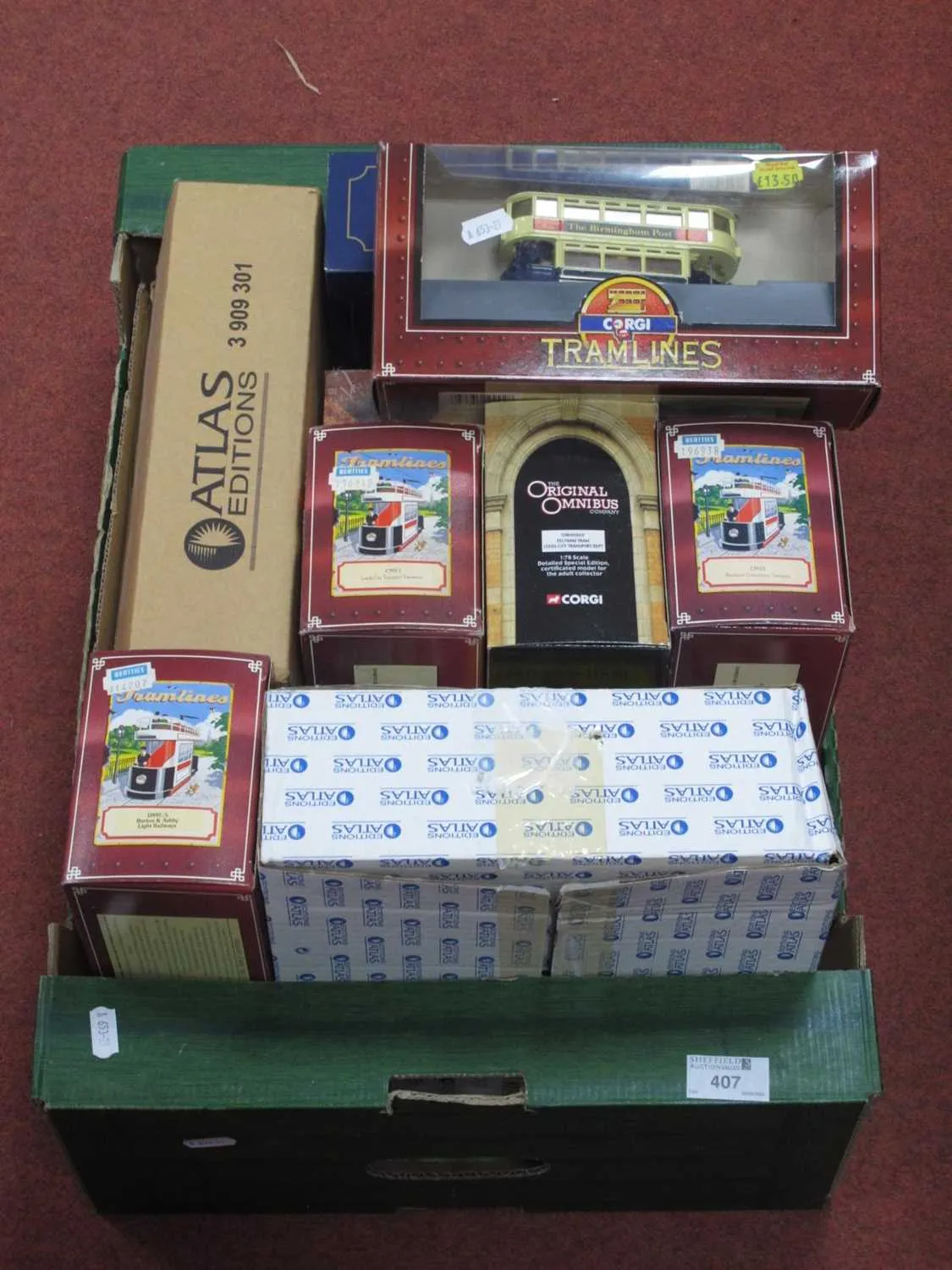
Military aircraft kits are among the most popular types, celebrating the history and advancements of aviation technology in warfare. These kits feature a vast array of fighter jets, bombers, transport aircraft, and helicopters from various eras and conflicts. From the iconic Spitfires and Messerschmitts of World War II to the modern F-22 Raptors and stealth bombers, military kits offer a detailed look at the evolution of aerial combat. Collectors often focus on specific periods, nations, or aircraft types, building entire collections dedicated to a particular theme. The level of detail in these kits is often exceptional, including accurate markings, weaponry, and pilot figures, providing an immersive experience for enthusiasts and historians alike. These kits are a way to appreciate the design, engineering, and history of military aviation.
Commercial Aircraft Kits
Commercial aircraft kits provide a different perspective on aviation, focusing on the evolution of passenger air travel and cargo transport. These kits showcase a range of airliners from classic propeller-driven aircraft to modern wide-body jets. Building these models is a journey through the history of aviation, with kits representing iconic aircraft such as the Boeing 747, Airbus A380, and the Douglas DC-3. Collectors of commercial aircraft often focus on specific airlines, aircraft types, or historical eras, creating detailed representations of the evolution of passenger travel. The appeal of these kits extends beyond their visual appeal; they represent the global connectivity and technological advancements that have transformed the world.
Historical Aircraft Kits
Historical aircraft kits encompass a diverse range of aircraft that have played significant roles in aviation history. These kits focus on older aircraft that are no longer in production and include pre-war, inter-war, and early jet-age models. Building these models is an exciting way to connect with the early days of flight and appreciate the technological leaps made over time. The models in this category often have distinct designs, unique engines, and fascinating stories behind their development and use. Collectors frequently seek out these kits for their historical significance, detailed craftsmanship, and the opportunity to own miniature representations of aviation’s golden age. These kits provide a tangible link to the past and highlight the evolution of aircraft design.
Factors to Consider When Buying Diecast Aircraft Kits
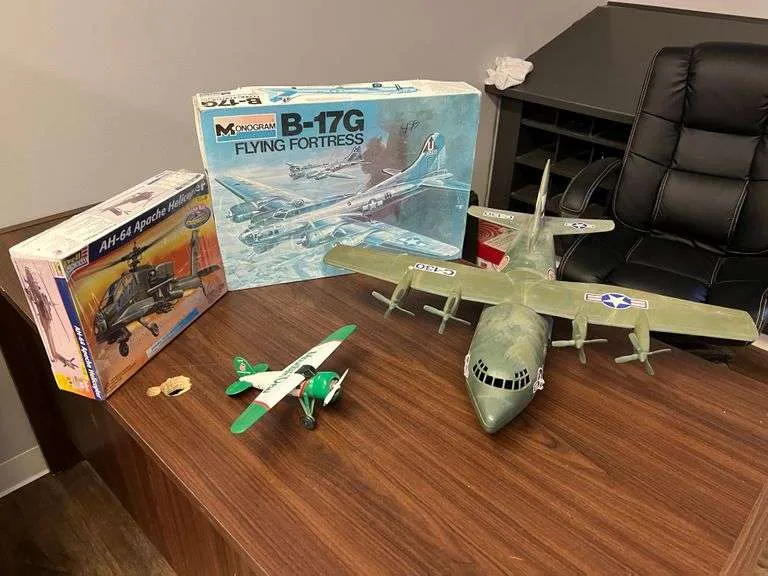
When purchasing diecast aircraft kits, several key factors should be considered to ensure you choose models that align with your interests and preferences. These factors encompass the practical aspects of kit selection, including scale, level of detail, and build quality. The right kit can provide a satisfying building experience and a valuable addition to your collection. Taking the time to assess these factors before making a purchase can significantly enhance your enjoyment of the hobby and allow you to choose kits that meet your specific needs.
Scale of the Kit
The scale of a diecast aircraft kit refers to the ratio between the size of the model and the actual aircraft. Common scales include 1:72, 1:100, 1:200, and 1:400, among others. Larger scales offer more detail, making them suitable for enthusiasts who appreciate intricate features. Smaller scales are ideal for those who prefer to collect multiple models without taking up too much space. Consider where you plan to display the models, the level of detail you desire, and your available storage space when choosing a scale. Selecting the right scale can greatly impact your enjoyment of building and displaying your diecast aircraft kits.
Level of Detail
The level of detail in a diecast aircraft kit varies widely, influencing both the complexity of the build and the realism of the final model. Some kits offer basic features, while others include highly detailed cockpits, landing gear, panel lines, and even weathering effects. Kits with a high level of detail provide a more immersive building experience and result in a more realistic model. However, they may require more time, skill, and specialized tools. Consider your experience level and the amount of time you are willing to dedicate to the project when assessing the level of detail. Choosing a kit that matches your skill level ensures a more enjoyable and rewarding building experience.
Material and Build Quality
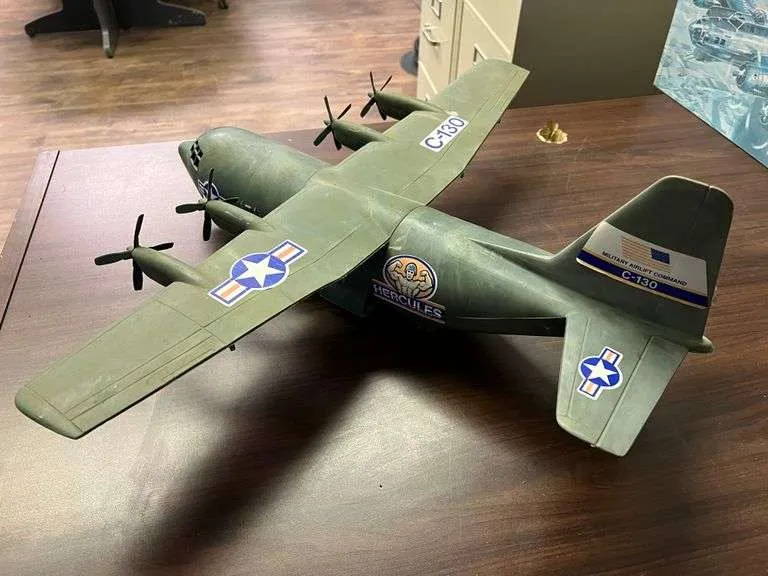
The material and build quality of a diecast aircraft kit directly impact its durability, appearance, and overall value. High-quality kits are typically made from durable diecast metal with precisely molded parts and accurate detailing. Check for smooth surfaces, clean edges, and minimal imperfections. The quality of the paint finish, decals, and other decorative elements also contributes to the overall build quality. A well-made kit will be easier to assemble and result in a more visually appealing model. Prioritize kits from reputable manufacturers known for their commitment to quality and precision. A well-built kit is a joy to construct and a lasting piece for your collection.
Authenticity and Accuracy
Authenticity and accuracy are paramount for serious collectors and enthusiasts. Look for kits that closely resemble the actual aircraft, with accurate dimensions, markings, and details. Research the aircraft model and compare the kit’s features with photographs and technical specifications. Reputable manufacturers often collaborate with aviation experts to ensure their kits are as accurate as possible. Check for correct paint schemes, accurate decal placement, and realistic weathering effects. The authenticity of the kit adds significant value and enhances the enjoyment of the collecting experience. Prioritizing accurate kits is an excellent way to appreciate the engineering and history of the aircraft models you are building and collecting.
Brands and Manufacturers of Diecast Aircraft Kits
The diecast aircraft kit market features a diverse range of brands and manufacturers, each with its own strengths and specialties. Choosing kits from reputable manufacturers guarantees quality, accuracy, and a satisfying building experience. It’s important to know the different brands, their reputation, and the kinds of kits they specialize in. Knowing this will help you make informed choices about which kits to invest in and collect.
Popular Brands
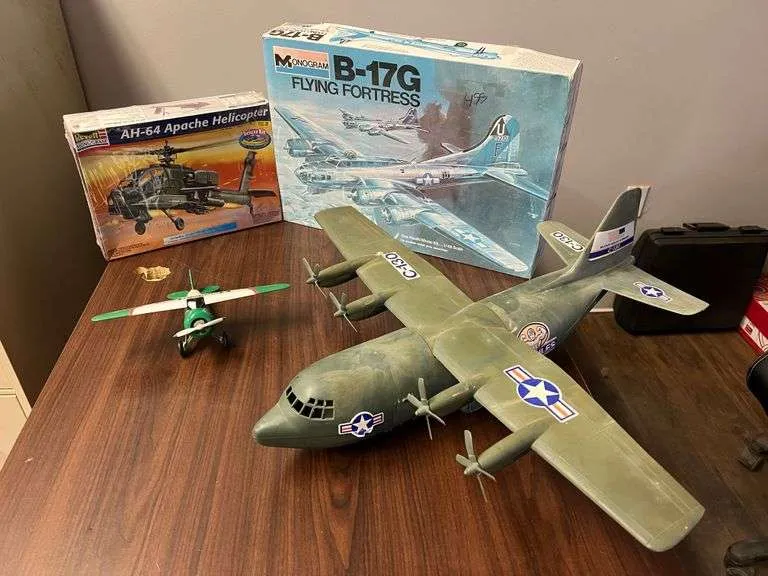
Several brands have established themselves as leaders in the diecast aircraft kit market. These brands are known for their high-quality products, attention to detail, and commitment to authenticity. They often produce a wide variety of kits, catering to different interests and skill levels. Some of the most popular brands include Gemini Jets, Herpa, and Witty Wings. These brands are recognized for their detailed models, accurate markings, and extensive selection. Their products are found in many collections due to the consistent quality and innovation.
Reputable Manufacturers
Beyond brand recognition, choosing kits from reputable manufacturers is essential. These manufacturers are often smaller companies that focus on specific aircraft types or eras. They are known for their high standards, careful research, and detailed production. Companies like Dragon Wings and Corgi are reputable for their accuracy, the quality of materials, and customer service. Researching the manufacturer’s reputation will give you a greater confidence in your purchasing decisions.
Essential Tools for Building Diecast Aircraft Kits
Building diecast aircraft kits requires a few essential tools to ensure a smooth, enjoyable, and successful assembly process. Having the right tools will improve the quality of your work and protect your model from damage. Whether you’re a beginner or a seasoned modeler, investing in the right tools can greatly improve your building experience. From cutting to gluing, and detailing, these tools are invaluable for the successful completion of your projects. Consider the following tools when assembling your kits.
- Hobby knife with sharp blades for trimming parts and removing flash.
- Fine-tipped glue applicator for precise adhesive application.
- Tweezers for handling small parts.
- Files and sanding sticks for smoothing surfaces.
- Paint brushes and airbrush (optional) for painting and detailing.
- Cutting mat to protect your work surface.
- Ruler or measuring tools to verify dimensions.
Assembly Tips and Techniques

Mastering the assembly process is essential for creating high-quality diecast aircraft kits. Careful preparation, precise assembly, and attention to detail can transform a collection of parts into a stunning miniature aircraft. By following these tips and techniques, you can elevate your modeling skills and create impressive models. Remember, patience and precision are key to a successful build. The following can guide you on how to build your diecast aircraft kits.
Preparation
Before starting the assembly, take the time to thoroughly prepare your kit. Carefully examine all parts, identify them using the instructions, and remove any flash or imperfections with a hobby knife or file. Wash the parts with mild soapy water to remove any residue from the manufacturing process. Organize your workspace to ensure all the necessary tools and materials are within reach. Double-check the instructions and familiarize yourself with the steps before beginning assembly. Proper preparation sets the foundation for a successful build and can avoid unexpected issues. This initial step can save time and frustration later.
Assembly
During the assembly phase, follow the instructions carefully and apply glue sparingly. Use a suitable adhesive for diecast models, like super glue. Ensure parts are properly aligned before they dry. Use clamps or tape to hold the parts in place while the glue sets. Check the fit of each part before gluing, and make adjustments as needed. For particularly difficult parts, consider assembling them in stages. This methodical approach enhances the structural integrity and accuracy of your model. Accurate assembly is the foundation of a good-looking diecast aircraft kit.
Painting and Detailing
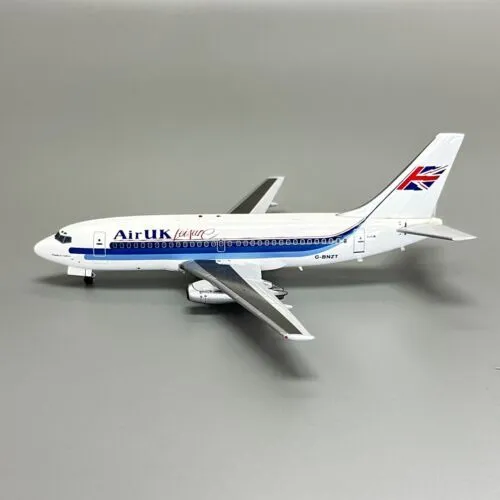
Painting and detailing bring your diecast aircraft kit to life. Consider using a primer for the best paint adhesion. Choose the appropriate paints for the kit’s finish. Apply thin, even coats of paint to avoid runs or drips. Use masking tape to create clean lines between different colors. Add details using decals, washes, and dry brushing techniques to enhance the realism. Painting and detailing requires skill and patience, but can elevate the model. These details showcase your craftsmanship and bring a new level of realism to the model. Invest in some basic painting and detailing supplies to complete your build and showcase your passion.
Displaying and Caring for Your Diecast Aircraft Kits
Proper display and care are essential for preserving the beauty and value of your diecast aircraft kits. Whether you’re a collector, a hobbyist, or simply an aviation enthusiast, these practices will ensure your models remain in excellent condition for years to come. Consider the environmental factors and handling practices to protect your models from damage. Regular care and maintenance can help keep them looking their best.
Storage
Proper storage is essential to protect your diecast aircraft kits from damage, dust, and sunlight. Store your models in a cool, dry, and dark place away from direct sunlight and extreme temperatures. Display cabinets with glass doors provide excellent protection from dust and accidental damage. Consider using padded shelves or trays to prevent scratches or other damage. If storing models for an extended period, wrap them in soft cloths or place them in individual boxes. This protects the models and preserves their value.
Cleaning and Maintenance
Regular cleaning and maintenance are crucial for keeping your diecast aircraft kits in top condition. Dust them frequently with a soft, dry brush or cloth. Avoid using harsh chemicals or abrasive cleaners, as they can damage the paint or decals. If necessary, use a slightly damp cloth to remove fingerprints or smudges, and then immediately dry the surface. Inspect your models regularly for any signs of wear and tear, and address any issues promptly. Proper cleaning and maintenance ensures your diecast aircraft kits retain their beauty and value. Taking care of your models will preserve their appeal for years to come.
